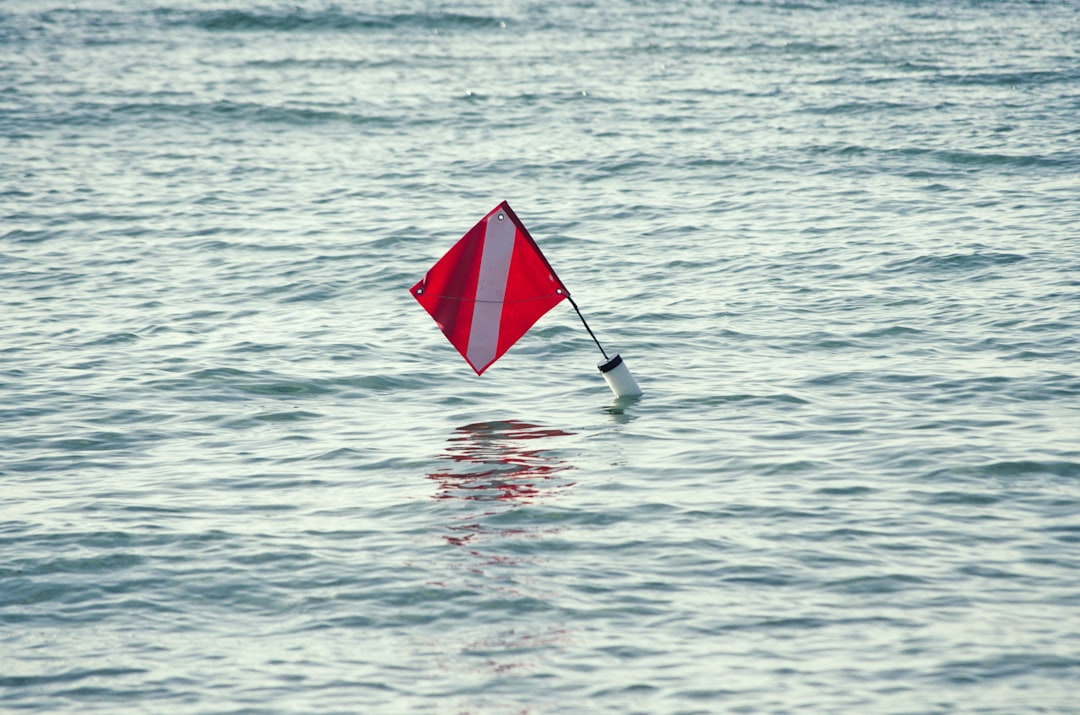
Should you ever find yourself mesmerized by the vibrant display of flags adorning a vessel’s mast as they sway in the breeze, you’ve experienced the enchanting world of nautical flag design. These maritime symbols serve a purpose beyond adornment; every flag communicates essential information to sailors traversing the expansive seas.
Before you set sail into the depths of nautical flag design, it’s essential to grasp the underlying code that governs these maritime symbols. The International Code of Signals (ICS) establishes a standardized method of communication at sea, where each flag denotes a distinct letter, numeral, or signal. Click here to get even more info on the subject!
Creating nautical flags necessitates achieving a delicate equilibrium between aesthetics and utility. Each flag must be easily recognizable from a distance, even amidst the tumultuous waves of the open ocean. Designers often opt for bold, contrasting colors and simple, geometric patterns to maximize visibility. Moreover, flags are commonly fashioned from sturdy materials such as nylon or polyester to withstand the demanding conditions encountered at sea.
Apart from their practical significance, nautical flags are rich in symbolism and tradition. Throughout history, sailors have invested these colorful banners with meanings that are both practical and symbolic. From the infamous Jolly Roger, symbolizing piracy and defiance, to the modest Blue Peter, indicating a vessel is prepared for departure, each flag bears its distinct significance. Understanding these symbols adds depth to the art of nautical flag design, connecting contemporary sailors to a storied maritime heritage.
It’s crucial to display nautical flags properly for effective communication at sea. Flags are usually raised on a vessel’s mast or rigging using halyards or flagstaffs, where each flag’s position communicates particular messages. As an illustration, the “Oscar” flag, denoting a person overboard, is flown above all other flags to highlight the urgency of the situation. Moreover, specific flags may be arranged in predetermined sequences to communicate more intricate messages, such as distress signals or navigational directives. Just click here and check it out!
While nautical flags possess an enduring appeal, their practical applications exceed mere decoration. Today’s maritime sectors depend on these flags for crucial communication in various operations, from commercial shipping to recreational boating. Moreover, nautical flags play a vital part in maritime signaling systems, assisting in navigation, collision avoidance, and search and rescue endeavors. By mastering the language of nautical flags, sailors can enhance safety and efficiency on the high seas.
In a time dominated by digital advancements, the tradition of nautical flag communication stands as a tribute to humanity’s enduring bond with the sea. While modern advancements such as radio and satellite communication have augmented maritime signaling systems, nautical flags remain a beloved symbol of seafaring heritage. Whether adorning a historic tall ship or fluttering atop a modern yacht, these colorful emblems continue to captivate the imagination of sailors and landlubbers alike.
In conclusion, the practice of designing and showcasing nautical flags is a timeless tradition that merges practicality with symbolism, forging connections among sailors across oceans and centuries. So the next time you catch sight of a line of flags dancing in the breeze, take a moment to appreciate the centuries-old tradition that they represent. Fair winds and following seas! Here’s the link to learn more about the awesome product here.